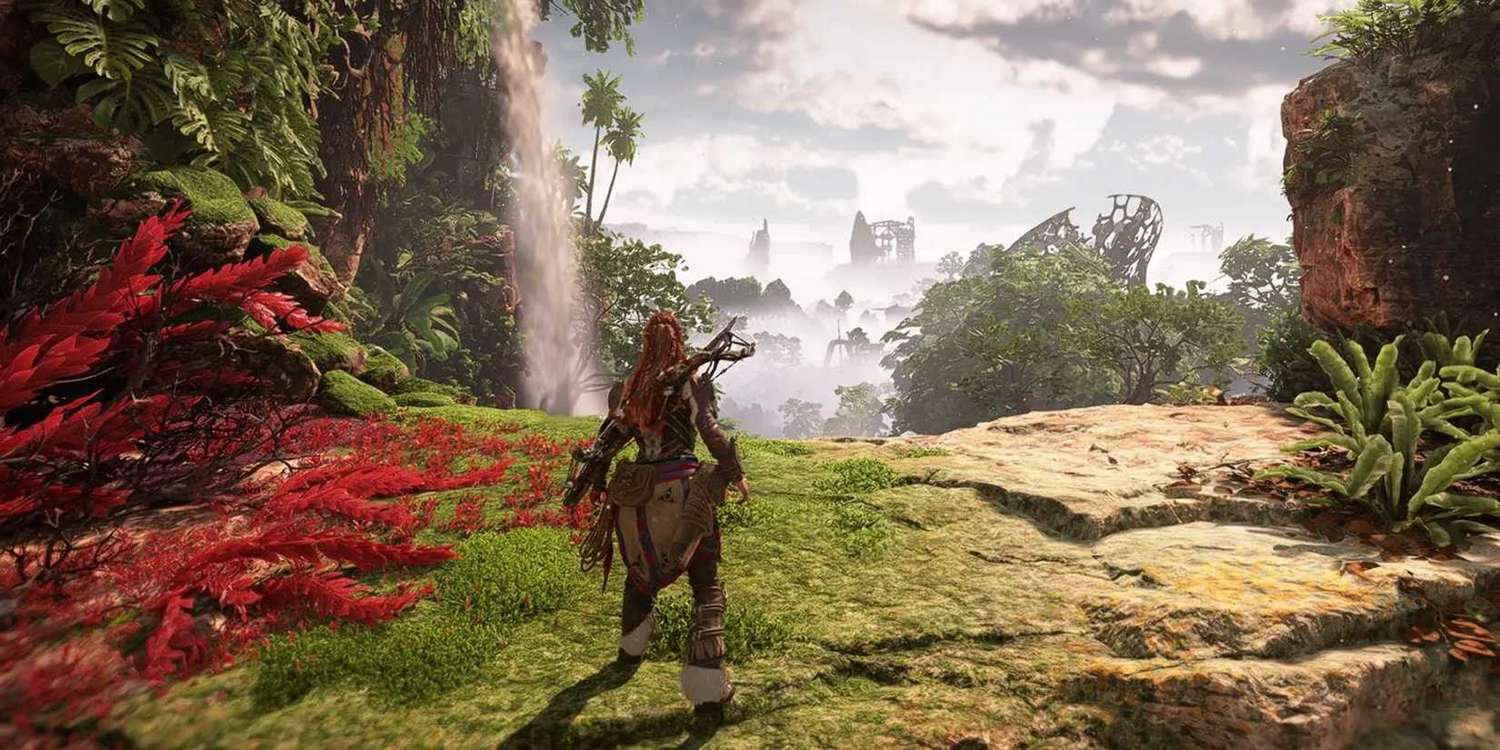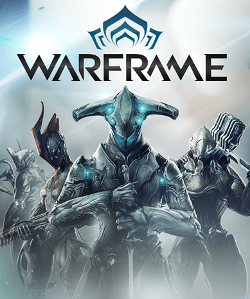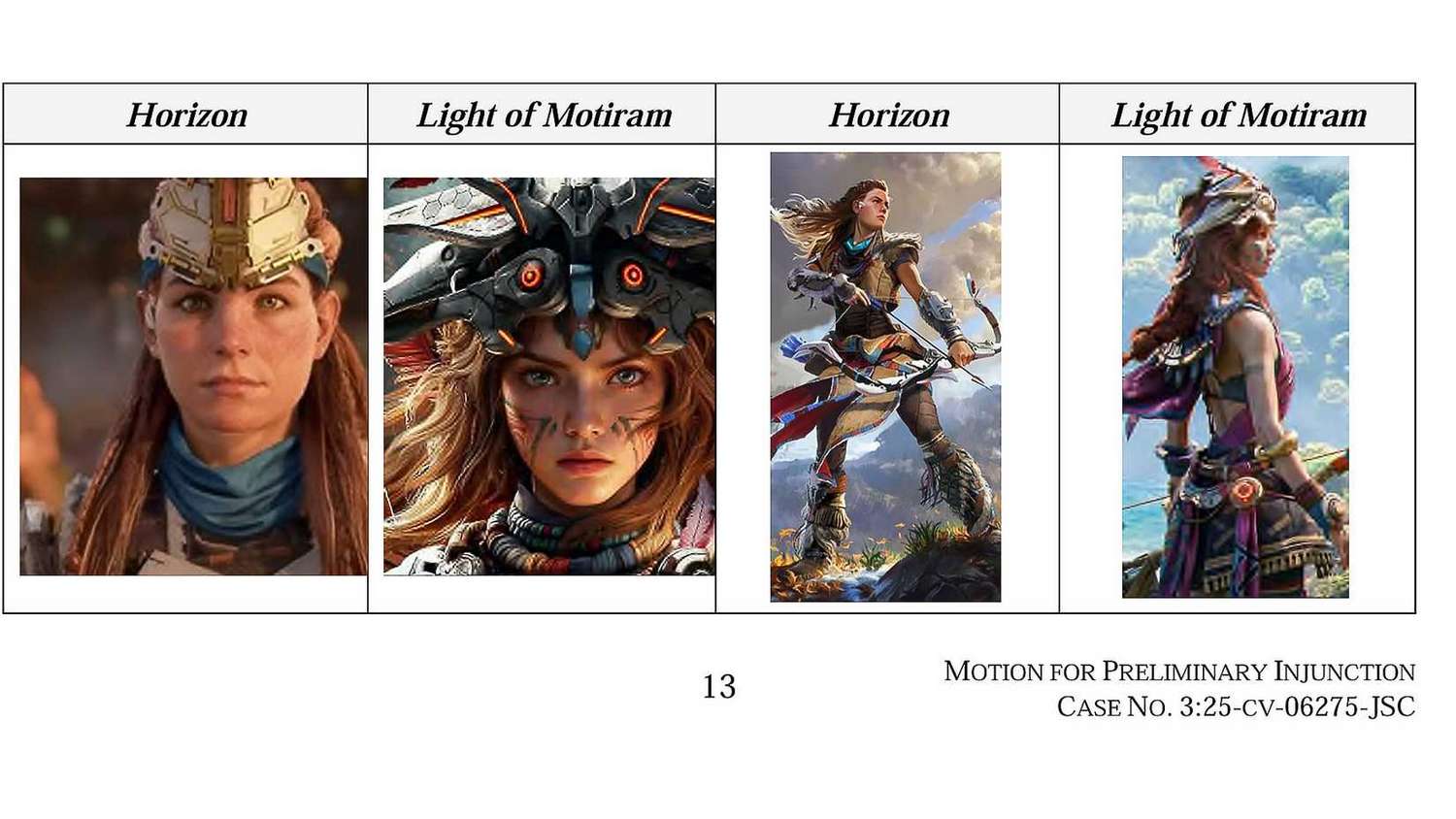Sony Files Preliminary Injunction in Landmark Copyright Battle Against Tencent Over Alleged Horizon ‘Slavish Clone’
Popular Now
 Minecraft
Minecraft
 Black Myth: Wukong
Black Myth: Wukong
 EA SPORT FC 25
EA SPORT FC 25
 Fortnite
Fortnite
 Candy Crush Saga
Candy Crush Saga
 CarX Street
CarX Street
 Call of Duty
Call of Duty
 NBA 2K24
NBA 2K24
 Sonic the Hedgehog™ Classic
Sonic the Hedgehog™ Classic
 Auto X Drift Racing 3
Auto X Drift Racing 3
 Legal Showdown Escalates: Sony Demands Halt to Promotion of Tencent’s Controversial ‘Light of Motiram’
Legal Showdown Escalates: Sony Demands Halt to Promotion of Tencent’s Controversial ‘Light of Motiram’
SAN FRANCISCO – October 18, 2025 – The highly publicized legal feud between gaming giants Sony Interactive Entertainment (SIE) and Tencent has entered a critical new phase. Sony has filed a motion for a preliminary injunction against the Chinese conglomerate in the U.S. District Court for the Northern District of California, seeking to immediately bar Tencent from promoting, distributing, or using numerous elements of its upcoming game, Light of Motiram. SIE alleges the title is a “slavish clone” and a blatant copyright and trademark infringement of its blockbuster franchise, Horizon Zero Dawn and Horizon Forbidden West.
The filing, a forceful counter to Tencent’s earlier motion to dismiss the lawsuit, underscores Sony’s determination to protect its valuable intellectual property (IP). The core of Sony’s concern is the potential for consumer confusion and irreparable harm to the Horizon franchise and the goodwill associated with its signature protagonist, Aloy.
The Heart of the Controversy: An Aloy Lookalike and Pervasive Similarities
Sony’s motion specifically targets several key areas of alleged copying, which the company argues are far beyond the realm of “well-trodden tropes” as claimed by Tencent. The injunction seeks to prevent the use of:
- A “fierce tribal warrior huntress characterized by fiery red hair” that closely resembles the Aloy Character Mark—a recognized and high CPC keyword identifier for the PlayStation brand.
- Other visual assets, character designs, and storyline elements “copied or derived” from the Horizon Works.
- A specific melody used in promotional materials, which SIE claims is too similar to at least two compositions from the Horizon Zero Dawn OST.
The gaming community and media initially flagged the startling similarities when Light of Motiram was first announced in late 2024. These comparisons, which Sony is leveraging as evidence of consumer confusion, included numerous claims that the game was a major Horizon rip off.
Tencent’s Defense: Tropes, Delays, and Corporate ‘Shell Games’
Tencent, through its various subsidiaries including Proxima Beta U.S., has consistently denied the claims. Their defense centers on the argument that Light of Motiram merely utilizes generic, genre-specific elements—such as a post-apocalyptic world featuring robot animals and a female protagonist—that are common across numerous titles like Enslaved: Odyssey to the West and The Legend of Zelda: Breath of the Wild. Furthermore, Tencent initially sought to dismiss the case by arguing that the game’s delayed release until late 2027 means Sony cannot prove the “immediate threatened injury” required for a preliminary injunction.
Sony has vehemently rejected this defense, calling it “nonsense” and accusing Tencent of playing a “shell game” by obscuring the exact corporate entity responsible for the game’s development and promotion. “The damage is done—and it continues,” Sony asserts, pointing out that the mere existence and promotion of the alleged knock-off already jeopardize the future success and expansion plans for the PlayStation-exclusive Horizon franchise. The company also notes that Tencent quietly purged several controversial screenshots from the game’s Steam page following the initial lawsuit, which Sony views as an implicit admission of guilt.
Financial and Franchise Implications: Why Sony is Fighting So Hard
This high-stakes lawsuit is not just about aesthetics; it carries massive financial implications. The video game industry is a multi-billion dollar market, and exclusivity and unique IP are primary drivers of premium console sales and game development investment. The Horizon series represents a key pillar of the PlayStation ecosystem, with hundreds of millions of dollars invested in its creation and marketing. The proliferation of a perceived “slavish clone” threatens to dilute the brand’s identity, confuse consumers, and siphon off potential revenue from future installments and merchandise—a phenomenon known in legal circles as market cannibalization.
The preliminary injunction hearing is currently slated for November 20, 2025. If the court grants Sony’s request, it would force Tencent to immediately cease all promotional activity and potentially overhaul significant portions of Light of Motiram’s design, character, and music elements. This ruling would send a powerful message regarding the protection of original creative works in the global video game market, particularly concerning the enforcement of Western IP against major Chinese development and publishing houses like Tencent.
Expert Analysis on the Future of IP Protection in Gaming
Legal experts specializing in digital rights and intellectual property law are closely monitoring the case. “Sony’s move for a preliminary injunction is a calculated risk but a strong strategic play,” says Dr. Elena Chen, a specialist in international IP law. “It forces the issue, putting immense pressure on Tencent to either negotiate a settlement or face the costly and time-consuming process of a major redesign. This case is pivotal. It’s a test of whether a major franchise’s specific blend of visual and thematic elements can be protected under copyright, even when the accused party argues they are merely using generic genre tropes. The concept of the ‘Aloy lookalike’ and the music similarity are crucial, as they move the argument beyond generalized ideas and into concrete, protectable expressions.”
The outcome of this injunction request will undoubtedly influence how AAA game developers protect their franchises and how rival companies approach game design in an increasingly homogenized open-world adventure game landscape.












